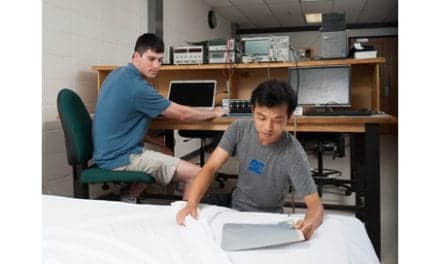A new report from The Conference Board predicts a potential labor shortage in physical therapy over the next decade due to a combination of a dip in the “natural rate of unemployment” and changed labor force numbers associated with the aging of the baby boomer population. A news release from the American Physical Therapy Association (APTA) notes that the report, titled “From Not Enough Jobs to Not Enough Workers,” analyzes possible labor market trends in North America, Asia, and Europe, finding that the recent global recession has only “postponed” the coming changes through lingering high unemployment rates.
The APTA news release notes that once these rates begin to drop, the demographic shift in the workforce will begin to take hold and create relatively rapid labor shortages in a majority of the 464 occupations studied in the report. The Conference Board press release indicates that the United States will likely see labor shortages in three broad areas: skilled labor, health-related occupations, and jobs in technology, science, mathematics, engineering. Among the needed health occupations, the report specifically names physical therapy and occupational therapy as possible areas of labor shortage.
With these two areas of possible labor shortage, there is an overall need heightened by a greater demand for health care in general among an aging population, according to The Conference Board report. The APTA news release notes most of their projections continue to show physical therapy as a growing profession, with projected unmet demand ranging from 13,638 to 27,820 physical therapist (PT) full-time equivalents (FTEs) over the next 5 years depending on the attrition rate of PTs over time.
In addition, the total number of licensed physical therapists is projected to rise from about 176,000 to between 203,000 and 232,000 by 2020.
Source: APTA





